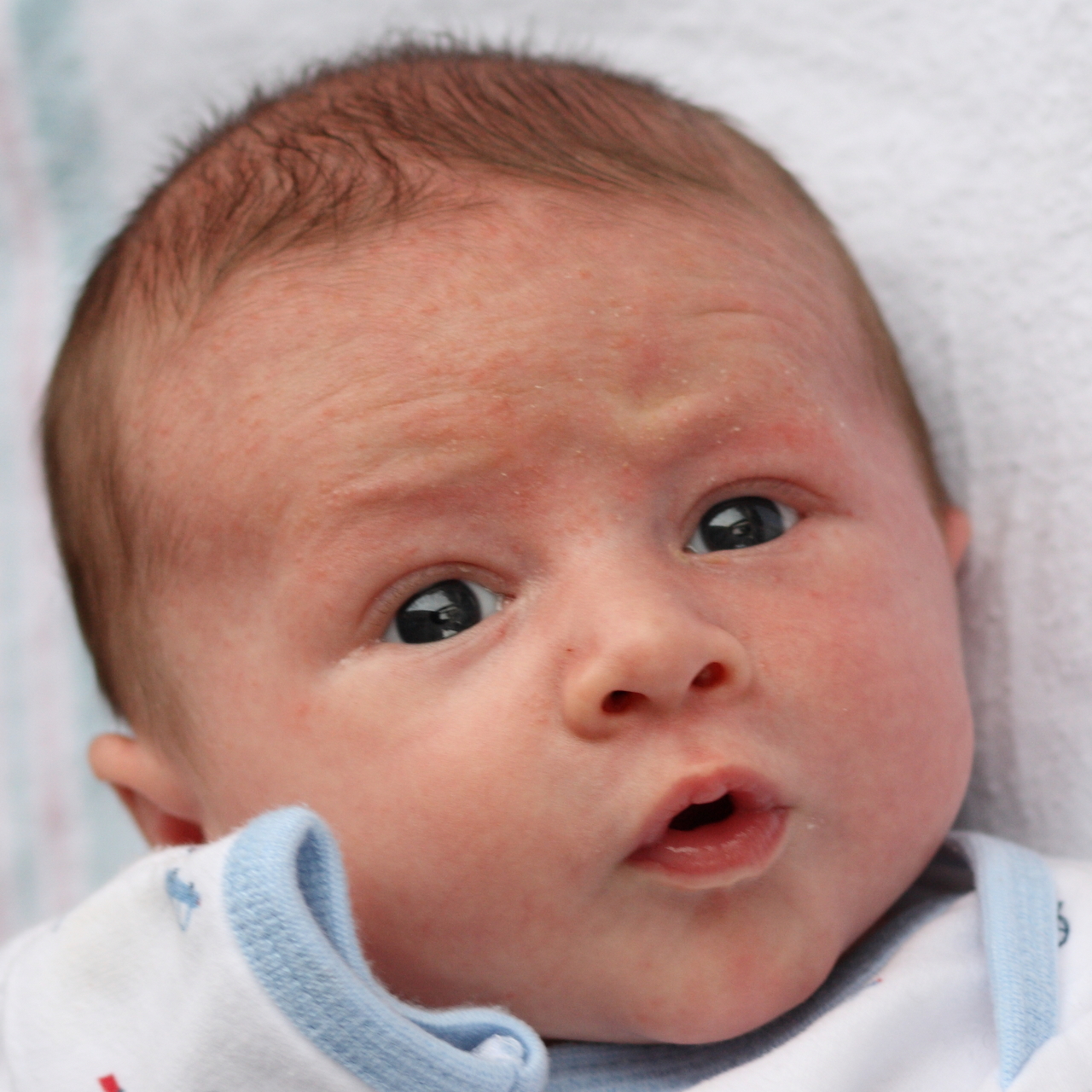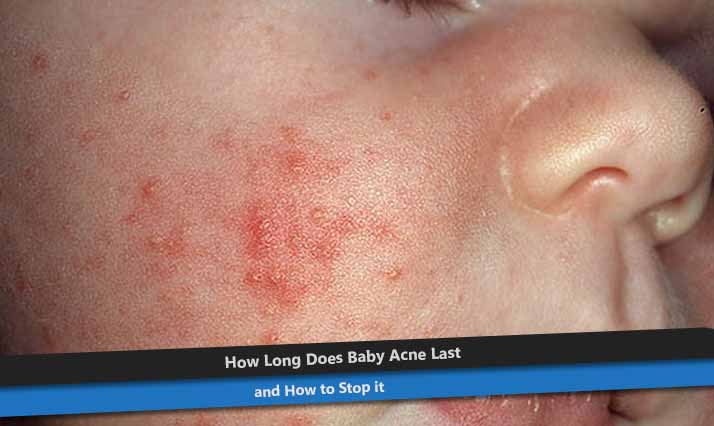Baby Acne

Contents:
- Baby Acne
- The Causes of Baby Acne
- Classification of Acne
- Acne Treatment Methods in Children
- Neonatal Acne
- When to Worry
Baby Acne on Face
Acne is a fairly common phenomenon. Large number of people of different age and sex face this problem. People create medical programs aimed at developing effective measures to treat acne.
The Causes of Baby Acne
From a medical point of view, acne can be described as the inflammation of the hair follicles that occurs due to the accumulation of sebaceous glands’ excess secretion and dead epithelial cells, most common in adolescents and adults in active reproductive age and affecting mainly the face, but also the back, shoulders, forearms.
The main prerequisites for the emergence of acne are as follows:
- predisposition at a genetic level – acne is "inherited" from the parents;
- increased levels of the androgen hormone during puberty leading to enhanced work of sebaceous glands;
- propionibacterium acne activating against the backdrop of an inflammatory process in the hair follicles;
- the external factors (mechanical trauma) such as tight clothes and a habit to touch the face;
- squeezing blackheads and black dots;
- intake of medicines containing halogens: bromine, iodine, fluorine; greasy cosmetics, including lanolin, paraffin; steroid and contraceptive drugs with lithium content.
Until recently, in addition to the listed causes of acne occurrence they also included poor hygiene, excessive tan, diseases of the gastrointestinal tract, poor diet including fried foods rich in carbohydrates, stress and depression. However, modern вermatology does not recognize them as fundamental.
Classification of Acne
Acne vulgaris or common acne is the most common type of acne, especially among teenagers, are divided into the following types:
- Blackheads are medically called open comedones;
- Whiteheads are closed comedones;
- Papulу is an inflamed nod, slightly rising above the skin;
- Pustulus is a sac filled with pus located under the skin.
All these forms of acne are related to mild and moderate stade of the disease. In rare cases, acne may have a severe form, difficult to treat such as acne fulminans, cysts, acne conglobata, nodules, face swelling.
Acne Treatment Methods in Children

Medications used to treat acne are divided into local (applied on the skin) and systemic intended to treat severe forms of acne.
By the produced effect they are divided into:
- bactericidal (aimed at the destruction of bacteria causing the disease)-benzoyl peroxide;
- medications regulating the quantity and quality of the sebaceous glands’ secretion – tretinoin;
- drugs with a regenerating effect on the damaged epithelium-different retinoids;
- antibiotics with anti-inflammatory effect, destroying or stopping bacteria-tetracycline, erythromycin;
- isotretinoinan is an indispensable tool in the most severe cases suppressing sebum production, which quantitatively reduces the number of bacteria and comedones, respectively.
Only your doctor can appoint you a systemic acne treatment therapy after you’ve made all the necessary tests. And if you stick to it, it will yield positive results bringing rapid improvement of skin condition. It’s not worth self-prescribing antibiotics, as you may achieve the opposite results.
Neonatal Acne
Neonatal acne looks like rash, partly resembling to millet rash. It appears in 20% of the babies, mostly in male babies. It’s quite difficult to identify acne in this case, you may need advice of several doctors: dermatologist, endocrinologist, allergist. Causes of this temporary condition in the newborn aren’t studied well enough, but fundamentally can be divided into the following:
- excessive activity of lipophilic yeast on the baby’s skin;
- hormonal imbalances;
- increased secretory function of sebaceous glands.
Anyway, newborn acne is more a psychological irritant for caring relatives than a disease; it goes away as the child grows without requiring special treatment. The complete stabilization takes between 4 weeks to 3 months, less often from 6 months to one year. In this case, the normal hygiene measures are welcomed, excluding too appliance of too greasy cosmetics. Air and sun bathes will also do good.
You can use drying ointments and creams, for example Bepanthen or baby powder to speed up the process of healing. Never squeeze acne, as it may lead to the development of the inflammatory process. If you don’t interfere, acne will go away by their own. In complex cases when the condition is progressing, the baby may be prescribed with retinoids, bactericidal drugs, and laser therapy.
When to Worry
The appearance of acne on the skin of the baby aged 3-6 months up to 1.5 year occurs even rarer than acne in newborns. Fundamentally, the process starts due to hormonal imbalance and a genetic predisposition to it. In most cases the condition is normalized when the baby is 2 years old, but in severe form it may last up to 5-6 years.
A special cause for concern is the appearance of globular acne leaving deep scars. They signalize that in puberty acne is most likely to return. Treatment in this situation includes the classic medications used to treat acne in different age groups in an appropriate dosage. Benzoyl peroxide or erythromycin, and in particularly complex cases – isotretinoin are commonly recognized tools to treat acne. The duration of treatment is from 6 months to a year.
Acne in children between 1 to 7 yo is neither a frequent phenomenon. The cause is excessive levels of androgens produced by the adrenal gland. At this age you can get rid of the acne, using the same methods that in newborns.
Video: How to Treat Baby Acne.